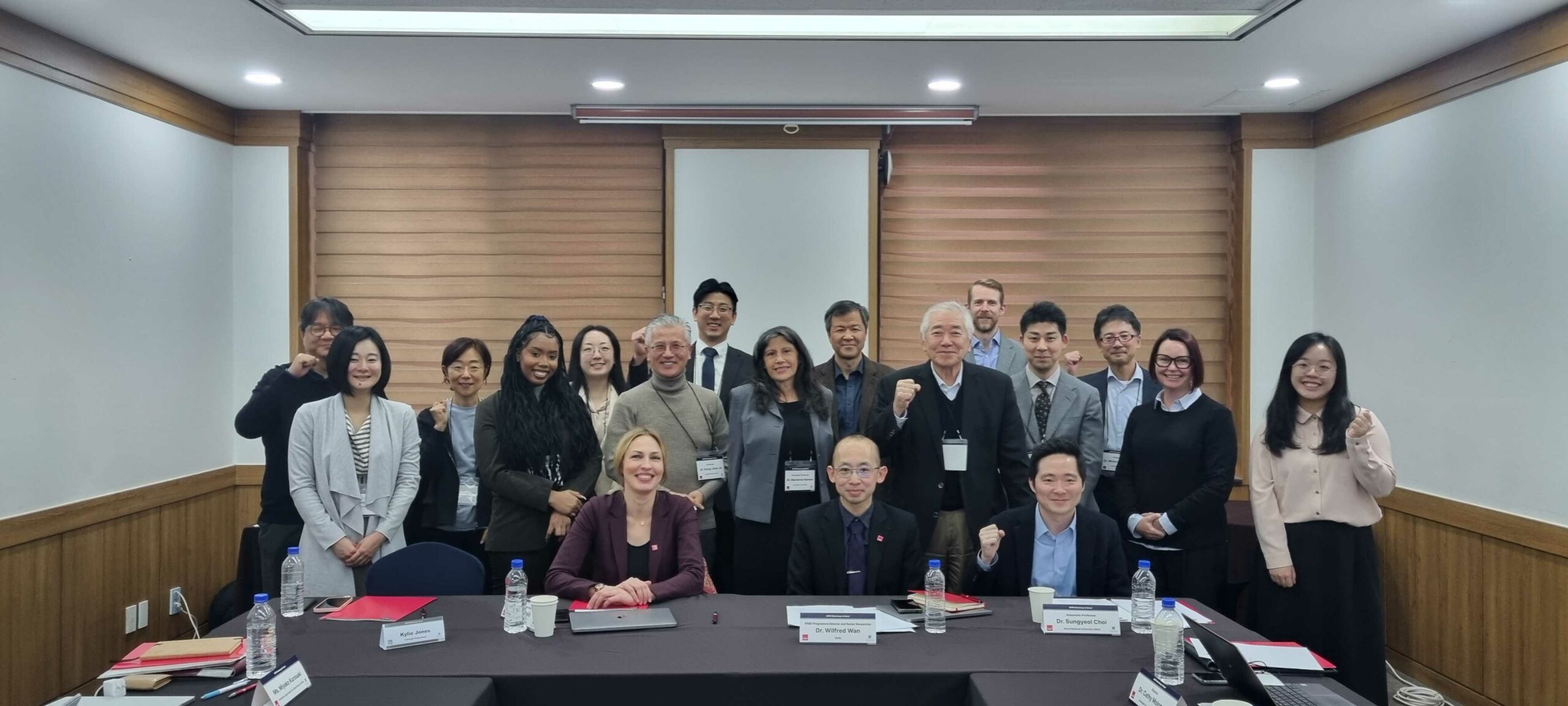Charting a Roadmap for Multiparty Confidence and Security-Building Measures, Risk Reduction, and Arms Control in the Indo-Pacific
PACIFIC FORUM
APLN member and staff Nobumasa Akiyama, Mely Caballero-Anthony, Michiru Nishida, and Karla Mae G. Pabeliña contributed to the Pacific Forum’s special edition titled ‘Charting a Roadmap for Multiparty Confidence and Security-Building Measures, Risk Reduction, and Arms Control in the Indo-Pacific’.
The original post can be found on the Pacific Forum website here. To read the papers, please download the pdf file on the left.
Introduction
The practice of strategic dialogue, confidence-building measures (CBMs), risk reduction, and arms control has its roots in the nuclear revolution and the Cold War. It thus developed in the Euro-Atlantic because of the realities of the US-dominated, Eurocentric security environment of the time; recall that the United States had just fought the Second World War with a Europe-first strategy. That practice developed primarily in two directions: between the United States and its allies in the North Atlantic Treaty Organization (NATO), and between the United States and the Soviet Union, the two superpower enemies.
The goal of strategic dialogue between the United States and NATO, still in place today, has been to build deterrence of adversaries and defense of the “free world,” and an important by-product has been reassurance of weaker NATO allies by the much stronger United States. To do so, Washington and allied capitals have engaged at many levels, including in the strategic nuclear domain, where they have established shared roles and responsibilities over forward-deployed US nuclear weapons.1
Strategic dialogue between the United States and the Soviet Union/Russia, meanwhile, developed in the context of bilateral arms control discussions. After they built the nuclear capabilities to assure their mutual destruction, and after the Berlin and Cuban crises of 1961 and 1962 when they flirted with nuclear confrontation, the United States and the Soviet Union sought to stabilize their relationship by preserving mutual deterrence. This was achieved through negotiations, which began in the early 1960s and first culminated in a hotline agreement in 1963. This agreement created a direct communication link between Washington and Moscow for use in time of emergency. It was followed by several rounds of talks that led to agreements imposing limits and, later, reductions on US-Soviet/Russian nuclear arsenals.
In the late 1990s, US-Russia arms control discussions expanded into the NATO context. Under the auspices of the NATO-Russia Council, at least until the 2010s, the United States, other NATO allies, and Russia explored the requirements of strategic stability in an ongoing dialogue and worked to improve the relationship between the West and Russia.




